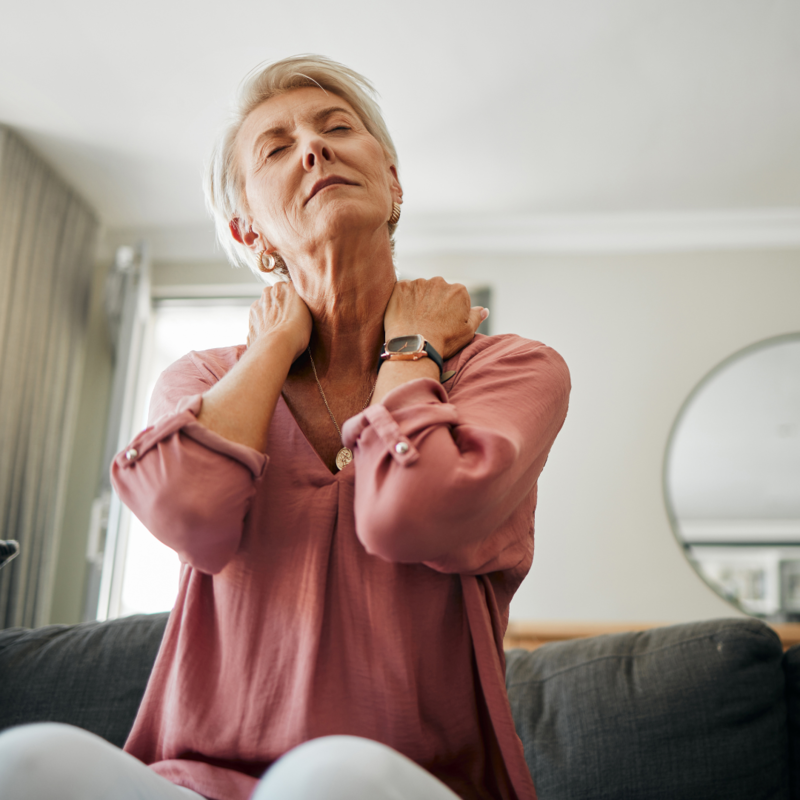Published at 28 May, 2024 13:49.

National Osteoporosis Month is officially observed in June in the UK each year to raise awareness of bone health and preventative measures you can take to keep your bones healthy. Osteoporosis is a condition that develops over time and weakens your bones making them more prone to breaks. It is often when the initial break happens that osteoporosis is diagnosed for the first time as you may not have been aware that you have the condition. Breaks can occur typically in the hip, wrists, the spine or even the ribs, but can happen in other bones too. Some people might develop a stoop as a sign of osteoporosis.
It is not just an older person’s condition, although it is part of the ageing process. Bone loss can occur in people who are at more risk such as people who have a family history of osteoporosis, women who have early menopause, people who take certain medications, if you do not take regular exercise, people who have an eating disorder, poor diet or people who drink heavily and smoke. These are just a few of the risk factors for developing this condition. Smoking reduces the amount of blood that reaches the bones and stops the function of bone forming cells.
The stage before osteoporosis is called osteopenia and usually diagnosed from a bone scan showing lower bone density than average but not yet fully diagnosed as osteoporosis. There are steps you can take to avoid osteoporosis at this stage and your doctor would talk to you about bone strengthening treatments that may be available to you.
Studies have shown that smoking tobacco effects our bone health and there is a link between smoking and a decrease in bone density which can lead to weak and brittle bones and osteoporosis. Chemical changes occur when nicotine from smoking cigarettes attaches to our bone cells. Our bones may appear hard, but they are made up of living tissues which naturally regenerate. This is called the “remodelling process”, and smoking can affect this process from happening, which over time can lead to bone density loss. Smoking can increase your risk of fractures and slow down your healing process. In some people it can take twice as long to heal from a broken bone if you smoke, compared to a non-smoker.
It`s never too late to stop smoking even if you have been diagnosed, as studies indicate that stopping smoking can improve bone health and density. Take the steps this June to quit smoking, and help slow down the progression of smoking related bone loss and lessen your risk of developing osteoporosis.
NHS Stop Smoking Service - Yorkshire Smokefree
Royal Osteoporosis Society - Better Bone Health for Everybody (theros.org.uk)